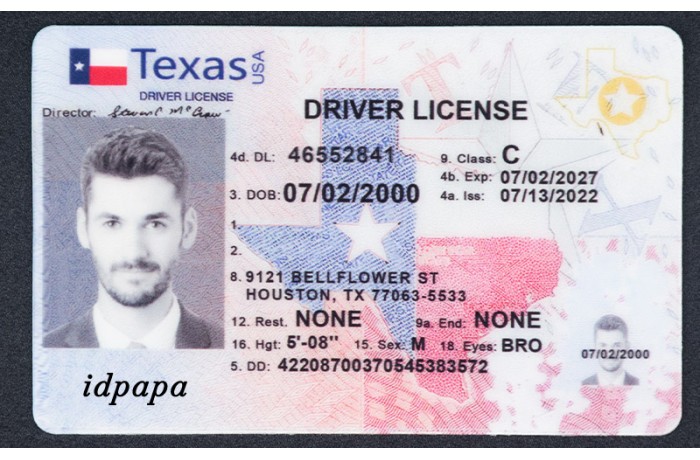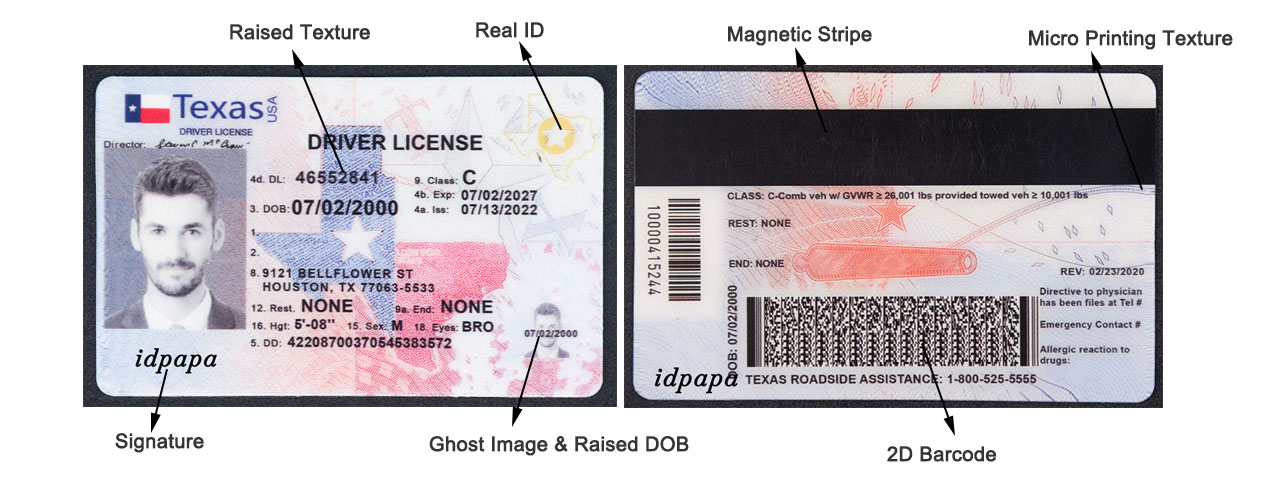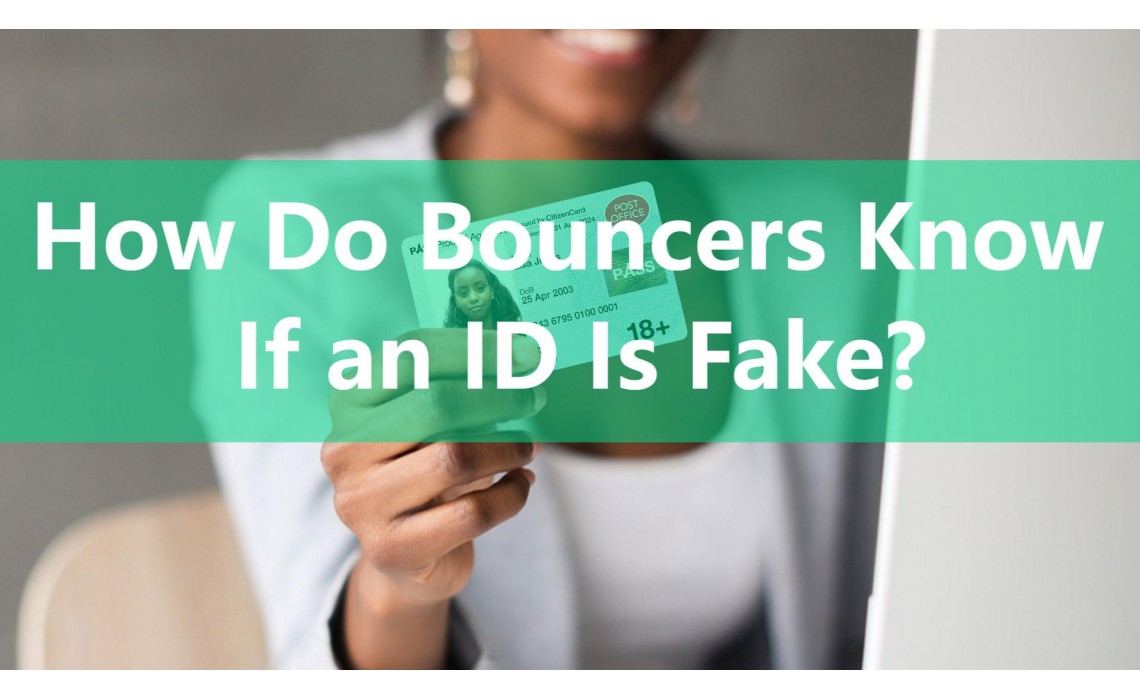How Do Bouncers Know If an ID Is Fake?
How Do Bouncers Know If an ID Is Fake?

Introduction
For many individuals looking to experience nightlife before turning 21, having a fake ID is the only way to gain access to bars, clubs, and concerts. However, getting past the bouncers—who are trained to spot fake IDs—is the biggest challenge. These security professionals have years of experience handling identification cards, making it difficult for some fakes to slip through.
But how exactly do bouncers detect fake IDs, and what can you do to increase your chances of getting past them? This guide will explore the various techniques bouncers use, how different types of fake IDs hold up under scrutiny, and what you can do to improve your success rate.
How Bouncers Check IDs
Bouncers follow a systematic approach when verifying an ID. Some are more experienced than others, which means that certain bouncers can spot fakes immediately, while others rely more on ID scanning technology. Here are the main ways bouncers check IDs:
1. Visual Inspection
A quick but thorough visual scan is the first step. Bouncers will look for:
✅ Holograms and UV Features – Many official IDs have holographic images and UV elements that can only be seen under blacklight.
✅ Microprinting and Raised Text – Official IDs often have tiny, raised lettering that counterfeit cards fail to replicate accurately.
✅ Font Consistency – A fake ID might have slightly different fonts from a real one, making it stand out.
✅ Edge and Material Quality – State-issued IDs have a high-quality finish, while fake ones may have rough edges or be laminated.
2. Feel and Durability Test
Bouncers don’t just look at the ID; they feel it too. They check:
✅ Weight and Flexibility – Government-issued IDs are sturdy and have a slight flexibility. If an ID feels too thick, thin, or flimsy, it could be fake.
✅ Texture – Real IDs have a distinct textured feel, while fakes often have a smooth, glossy finish.
✅ Lamination Quality – Some fake IDs use cheap lamination, which peels or bubbles over time.
3. Face and Age Verification
If the ID passes the visual and feel test, bouncers will check if the person matches the photo:
✅ Facial Structure Comparison – They examine jawlines, noses, and eye shapes to see if they match the photo.
✅ Hair Length & Facial Hair – If your hair or facial features look drastically different, they might question you.
✅ Height & Weight Check – If the ID says 6'2" but you’re clearly 5'7", that’s a red flag.
✅ Confidence Test – Looking nervous or fumbling when answering questions about the ID’s details can raise suspicion.
4. Asking Questions to Catch You Off Guard
A seasoned bouncer might ask you random questions to see if you hesitate or provide the wrong answers:
![]() “What’s your ZIP code?”
“What’s your ZIP code?”
![]() “What’s your star sign?” (based on your birthday)
“What’s your star sign?” (based on your birthday)
![]() “What year did you graduate high school?”
“What year did you graduate high school?”
![]() “What’s your street address?”
“What’s your street address?”
If you struggle to answer or hesitate too long, they may flag your ID as fake.
5. Using Scanners to Verify Barcodes
Many bars and clubs invest in barcode scanners to verify IDs. These scanners check:
✅ PDF417 Barcode Encoding – If the barcode does not return valid details when scanned, it’s fake.
✅ Magnetic Stripe Data – Some IDs have magnetic strips, which, when swiped, should return matching data.
✅ Database Cross-Checking – High-end venues may cross-check the scanned data with official government records.
Types of Fake IDs and How They Hold Up

Not all fake IDs a Texas fake are created equal. Some work well against bouncers who rely on a quick glance, while others fail immediately when scanned.
1. High-Quality Scannable Fake IDs ✅
●These IDs have properly encoded barcodes, pass most visual checks, and work with standard ID scanners.
●Only advanced security measures or government verification systems can detect them.
●Best used in places that don’t require strict verification.
2. Low-Quality Fake IDs ❌
●Often printed on poor-quality material with obvious flaws.
●Easily detected by visual inspection or simple touch tests.
●Most get rejected instantly.
3. Borrowed Real IDs ✅
●Using someone else's real ID with similar features is a safer option.
●Works best if you resemble the person closely.
●Fails if the bouncer asks personal questions about the ID owner.
4. Altered Real IDs ❌
●Some people modify their real ID (changing birth year, etc.).
●These are often detected by blacklight scans or font inconsistencies.
●High risk of confiscation.
Tips to Increase Your Success Rate
If you are using a fake ID, follow these tips to improve your chances of getting past bouncers:
✅ Use a High-Quality Scannable Fake ID – Low-quality fakes are instantly detected.
✅ Memorize Your ID Details – Know your birthday, address, ZIP code, and expiration date.
✅ Look the Part – If your ID says you’re 22, dress and act like someone that age.
✅ Stay Confident – Nervous behavior attracts suspicion. Hand over your ID with confidence.
✅ Choose Less Strict Venues – Avoid high-security locations that use database cross-checking.
✅ Go with Friends Who Are 21+ – Being in a group with older people can make you look more legitimate.
✅ Test Your Fake ID Beforehand – Use ID scanning apps to check if your barcode is valid.
What Happens If You Get Caught?
If a bouncer catches you with a fake ID, here’s what could happen:
⚠️ They Confiscate It – Most bars will just take your ID and deny entry.
⚠️ You Get Reported – Some clubs report fake IDs to the police, though it’s rare.
⚠️ You’re Asked to Leave – In most cases, they’ll just turn you away.
⚠️ Legal Consequences (Rare Cases) – Some states have harsh penalties for fake IDs, including fines and community service.
Conclusion
Getting past a bouncer with a fake ID isn’t impossible, but it requires the right approach. Bouncers use visual checks, scanners, and questioning techniques to catch fake IDs, so being prepared and confident is essential.
For those looking to maximize their success, investing in a high-quality, scannable fake ID, learning your ID details, and choosing the right venues will give you the best chances of getting through.
Ultimately, knowledge is power—understanding how bouncers operate gives you the upper hand and helps you navigate the nightlife scene successfully!![]()


